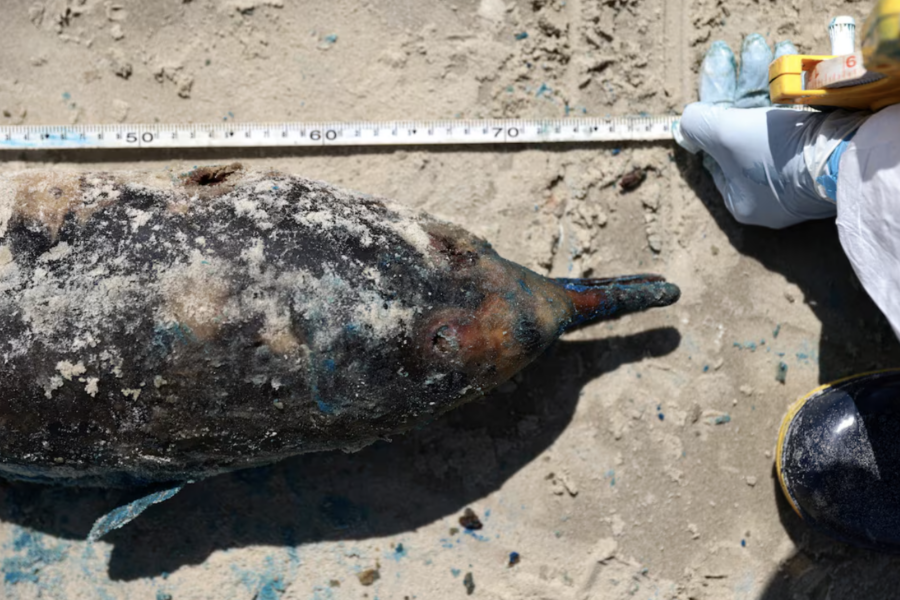The deadly H5N1 bird flu virus has spread more aggressively than ever before in wild birds and marine mammals since arriving in South America in 2022, raising the risk of it evolving into a bigger threat to humans, according to interviews with eight scientists.
Of more immediate concern is evidence the disease, once largely confined to bird species, appears to be spreading between mammals. This strain has already killed a handful of dolphins in Chile and Peru, some 50,000 seals and sea lions along the coasts, and at least half a million birds regionwide.
To confirm mammal-to-mammal transmission, scientists would likely need to test infections in live animals.
“It’s almost certainly happened,” said Richard Webby, a virologist at St. Jude’s Children’s Research Hospital in Memphis, Tennessee. “It’s pretty hard to explain some of these large infections and die off without having mammal-to-mammal spread.”
The strain has shown up in dozens of bird species, including some migrating species, which can spread it beyond the region, scientists told Reuters.
